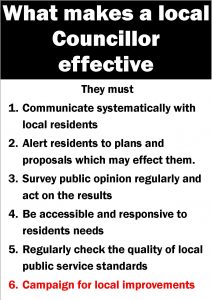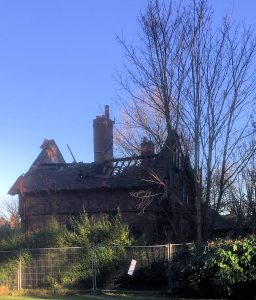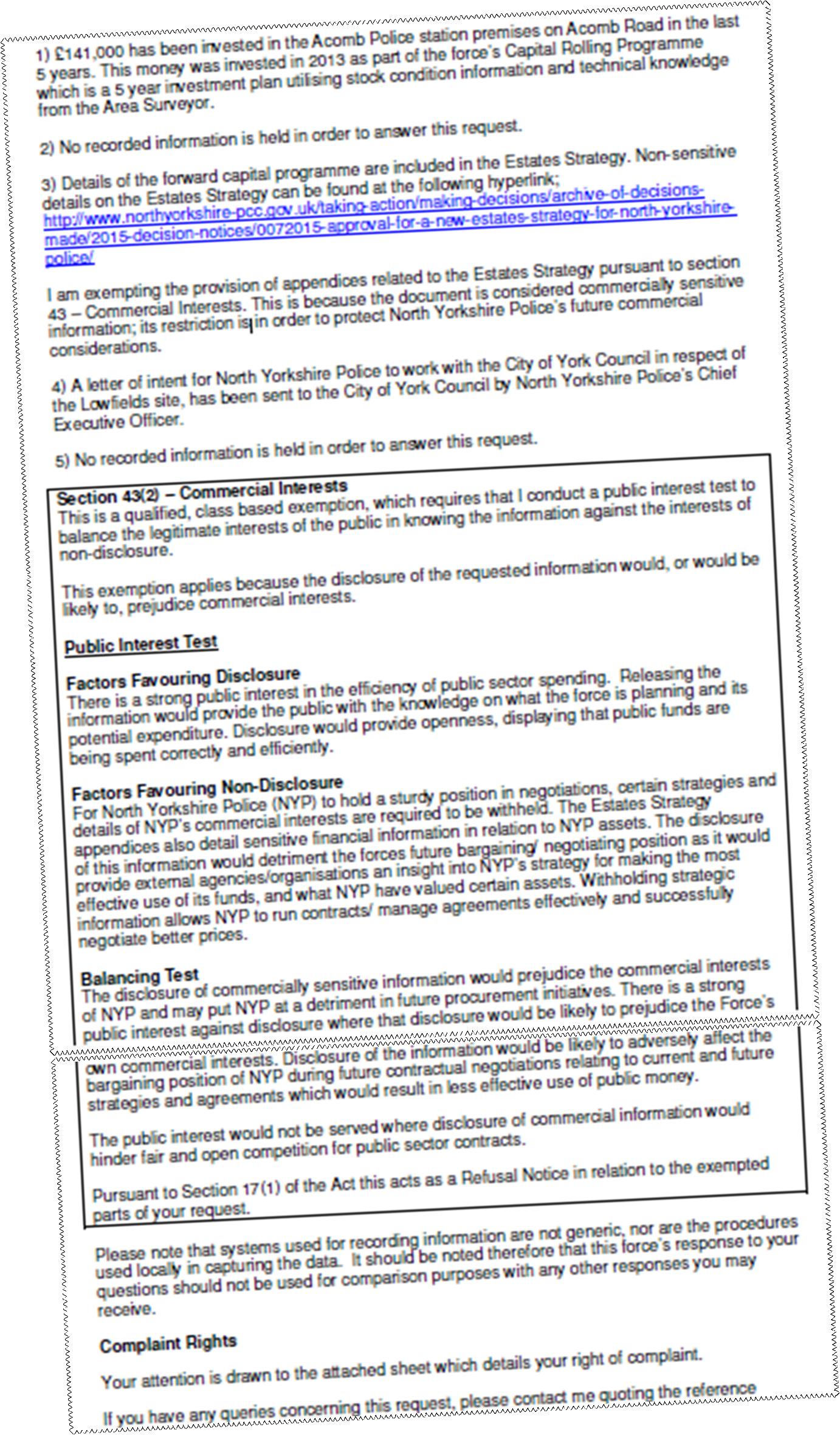 With the major parties now being well on their way to selecting candidates for the 15th February Holgate by election, local voters may well be asking “can we do better than the present lot?”
With the major parties now being well on their way to selecting candidates for the 15th February Holgate by election, local voters may well be asking “can we do better than the present lot?”
One test of a good local Councillor is how sensitive they are to local opinion and how proactive they are in leading and supporting local campaigns. In Holgate there have been several major issues over the last couple of years which prove a clue to the answer.
York central access route
The preferred access route of the York Central development was decided in 2007. The link would be from Water Lane and would have the advantage of providing a “by pass” for the Leeman Road area. It had the advantage of avoiding the busy Poppleton Road communities. In 2013, the local Councillor James Alexander brokered a deal which saw the council buy land for a route which passed close to Cleveland Street (Chancery Rise) . This route was approved by the Labour Executive with two, of the Holgate Wards three Councillors, supporting it. It wasn’t until the Council leadership changed in 2015 that the plan was reviewed. Opposition to the Chancery Rise option was led almost entirely by residents. No Leadership was provided by Holgate councillors. The Chancery Rise option has now been dropped.
Severus nature reserve
More recently, a planning application to develop land between Lindsey Avenue and the Water Tower (Severus SRE) was submitted by Yorkshire Housing. The opposition to the proposals was led entirely by residents. 159 letters of objection were tabled at the Planning committee meeting held on 16th November. Many objected to the loss of a natural nature reserve. Only one Holgate Councillor attended the Planning committee meeting although the application was refused.

Arson attack on Lodge
West Bank Park
An active voluntary group now helps to sustain the West Bank Park. To address anti-social behaviour issues, they have used “crowd funding” arrangements to secure the park at night. Crime concerns peaked last year when the park lodge was set on fire. It remains as a monument to ineffective policing in the area. There is no evidence that local Councillors have prioritised addressing the issue, although they did authorise a Ward Committee* donation of £2000 to the gate locking project
Carlton Tavern planning application
An application to demolish the Carlton Tavern Pub attracted widespread concern. Opposition was led entirely by residents. Only one Holgate Councillor recorded an objection to the plan when a report was presented to the planning committee in December. The demolition proposal was refused although an appeal against the decision is expected.
Closure of Acomb Police Station
Two years ago, North Yorkshire Police announced that they intended to close the Police station on Acomb Road. The plan might see an alternative depot established in Lowfields. However, the present site provides a high-profile hub for community safety activities plus good access to the whole of west York. The Holgate ward Councillors have failed to oppose the closure plan.
The Holgate area is fortunate in having many active voluntary groups. The Holgate Windmill Preservation Society is an inspiration for many while – against the odds – the Poppleton Road Memorial Hall continues to be sustained entirely by volunteers.
Whether these, and other, local groups get the support they deserve is open to question.
We will try to answer that question next week.
*NB. Most of the delegated Holgate Ward Committee budget for 2017 remains unused.

 The Police and Crime Commissioners office (PCC) has refused to reveal details of the proposed move of the Acomb Police station to a new site at
The Police and Crime Commissioners office (PCC) has refused to reveal details of the proposed move of the Acomb Police station to a new site at 